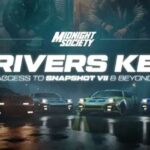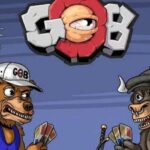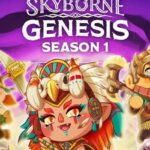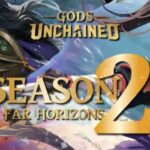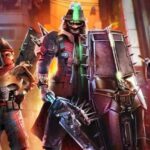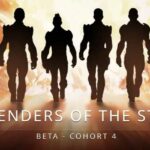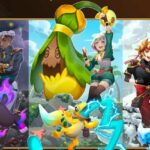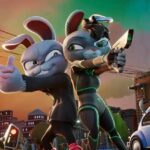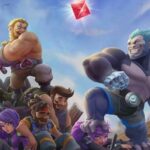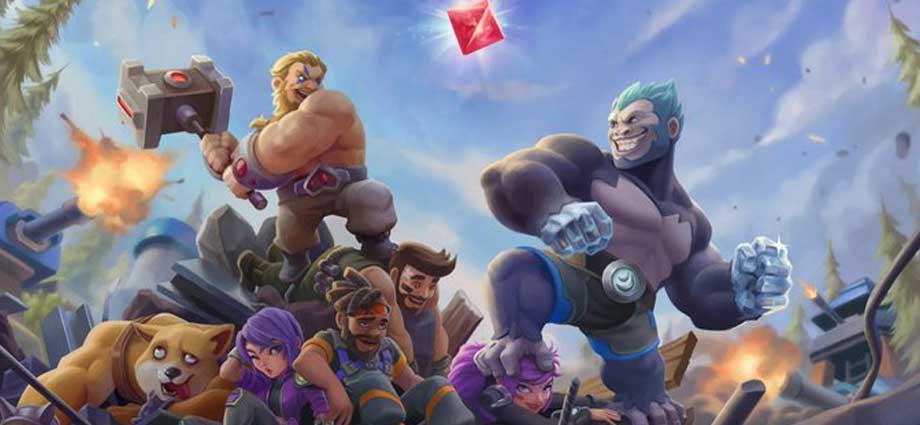Heroes of Mavia Introduces Mass Ownership Ruby Model
Heroes of Mavia is revolutionizing NFT ownership with Mass Ownership Ruby (MOR). MOR offers fractional ownership of NFT assets, making them accessible to more players.
Heroes of Mavia has unveiled a groundbreaking concept in NFT ownership known as Mass Ownership Ruby (MOR) following its NFT Land Owner Access and Beta rollout update. MOR is a unique token granting fractional ownership of a single NFT asset to players. In essence, multiple players can jointly own the same NFT asset, with each participant receiving a portion of the rewards generated by that specific asset. This innovation is designed to broaden accessibility to NFT assets across a diverse player base.
To obtain MOR, players must first acquire a Hero NFT. Each Hero NFT is linked to a specific quantity of MOR tokens, and the more expensive the Hero NFT, the more MOR tokens it includes. Once players secure a Hero NFT, they can then stake their MOR tokens to earn rewards. The reward amount is contingent on the number of MOR tokens staked and the performance of the associated Hero NFT.
The MOR model presents an inventive approach to rendering NFT assets more accessible across a broader spectrum of players. It also enables players to participate in the ownership and rewards generated by NFT assets, potentially fostering a more equitable and sustainable NFT ecosystem.
Here are key details about the Mass Ownership Ruby model:
MOR constitutes a unique token providing fractional ownership of an individual NFT asset.
Acquisition of MOR necessitates the initial purchase of a Hero NFT.
The number of MOR tokens linked to a Hero NFT increases with the Hero NFT’s price.
Players can stake MOR tokens to earn rewards.
Reward accumulation is influenced by the quantity of MOR tokens staked and the Hero NFT’s performance.
The Potential Impact of the Mass Ownership Ruby Model
The introduction of the MOR model carries substantial implications for the blockchain gaming sector. It holds the potential to democratize NFT assets, attracting a more diverse player base and propelling the adoption of blockchain gaming.
Furthermore, this model could contribute to the establishment of a fairer and more sustainable NFT ecosystem by granting players the opportunity to partake in the ownership and rewards associated with NFT assets. This approach may mitigate the concentration of NFT assets within the hands of a select few affluent individuals.
Overall, the Mass Ownership Ruby model signifies a positive advancement for the blockchain gaming industry. It paves the way for enhanced NFT asset accessibility and the creation of a fairer and more sustainable NFT ecosystem.
